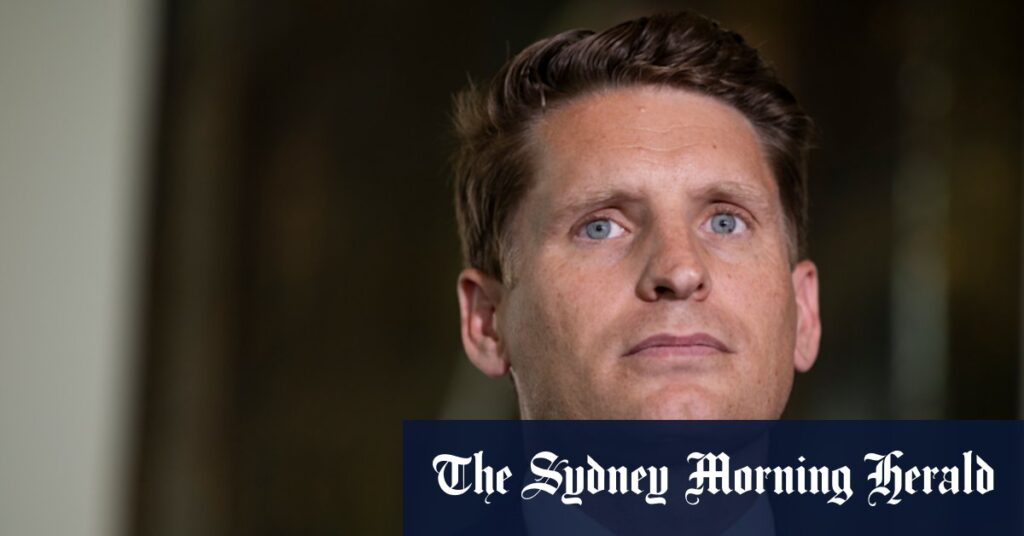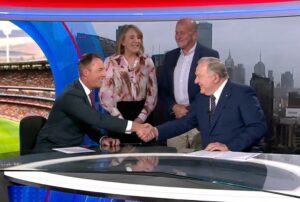
Liberal MP Andrew Hastie has voiced strong criticism of party members he believes are still “living in the Howard era,” as the opposition grapples with potential rebranding strategies and debates over climate policy. Hastie’s remarks come at a critical time when the Coalition is considering a shift in its approach to Australia’s net zero emissions target.
The debate has intensified within the party as Sussan Ley’s opposition faction moves towards a potential compromise on the net zero target. This compromise, as revealed in internal discussions, involves removing the 2050 target from legislation to make it aspirational and exempting heavy industries from stringent requirements. However, the party remains divided, with figures like Hastie and Jacinta Nampijinpa Price opposing any net zero pledge.
Internal Party Dynamics and Polling Insights
A diverse group of conservative and moderate MPs, including Dan Tehan, Tim Wilson, Jane Hume, and James Paterson, are working towards a compromise on climate policy. During a recent private meeting, MPs presented polling data indicating that 52% of voters favor diluting the 2050 target, while 32% support maintaining it. Only 15% wish to scrap it entirely, underscoring the need for a balanced approach.
“Most so-called populists don’t want to tear down the government,” Hastie said, emphasizing the need for governments to safeguard living standards.
The polling results, however, are not without controversy. This masthead was briefed on the findings by MPs who were not authorized to speak publicly, and the poll’s methodology has not been independently verified. A separate survey by the Resolve Political Monitor found that 44% of voters support a net zero target, with 22% opposed and 35% undecided.
Hastie’s Vision and Party’s Historical Context
Hastie, who recently resigned from Ley’s frontbench over disagreements on immigration and climate policy, delivered a speech to a Liberal Party group in Perth. He argued that concerns over high migration and climate regulations are legitimate, despite being dismissed by some as populist or far-right.
“The world is vastly different to 2005, but our party has unthinkingly hung on to most of the same beliefs and policies,” Hastie declared, criticizing the party’s adherence to past doctrines.
Hastie’s remarks follow interventions from conservatives like Angus Taylor and James Paterson, who advocate for a return to traditional party strengths such as fiscal restraint. They suggest revamping John Howard’s “broad church” approach to unite the party’s moderate and conservative factions.
Future Directions and Strategic Implications
In an internal briefing, academics from the Centre for Independent Studies presented ideas to reframe the political debate on Labor’s 2050 target. The Coalition is considering branding its policy as “net zero cost,” prioritizing economic considerations over emissions reductions, aligning with voter priorities according to recent polls.
Hastie emphasized that his roadmap is not a critique of colleagues but a call for a new political vision that centers on the Australian populace. He stressed the need for the party to adapt to a changing world, moving beyond the policies of the Howard, Abbott, Turnbull, and Morrison eras.
“Yes, we can talk about tax and economic reform. They are good areas to focus on. But many people are crying out for a new political vision that places the Australian people at the centre of its orbit,” Hastie concluded.
The ongoing discussions within the Liberal Party reflect a broader struggle to reconcile traditional values with contemporary challenges. As the party navigates these complex dynamics, the outcome could significantly shape its future direction and electoral prospects.







